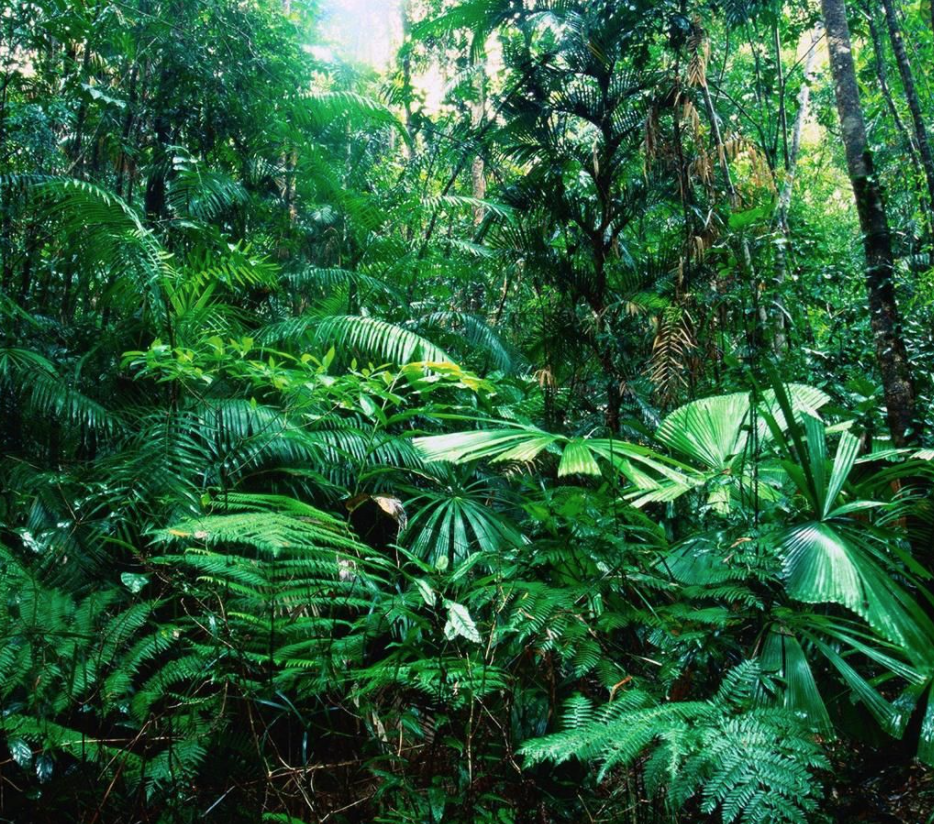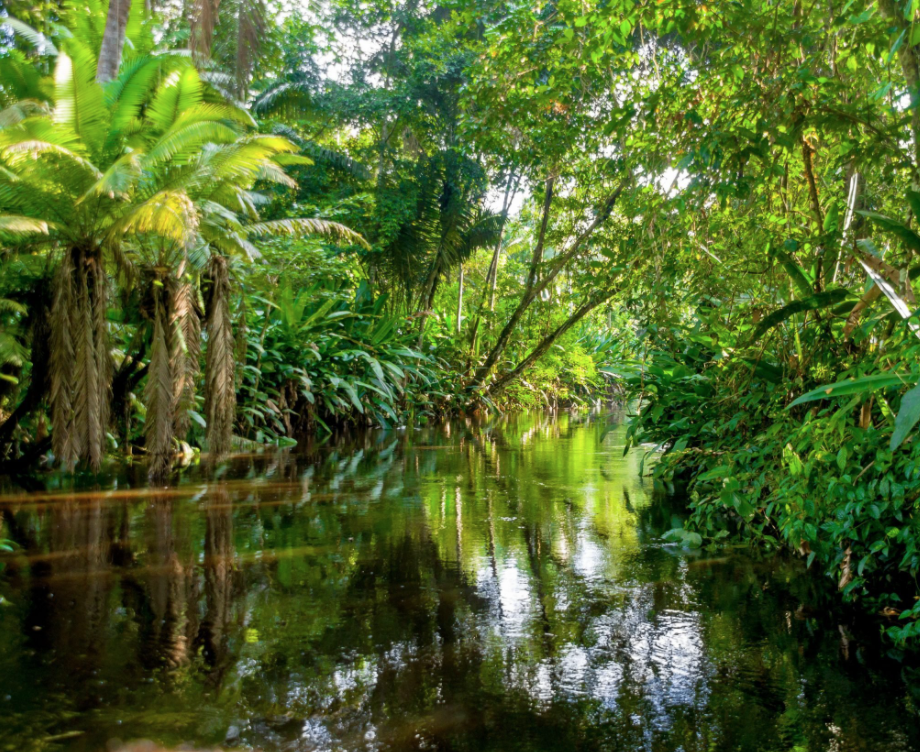The Aboriginees of the Australian Rainforest
Welcome the the course: The Aboriginees of the Australian Rainforest
To understand the rainforest is to understand the way everything in it works as a perfect eco system. The sun, the earth, the water, the plants, the animals and the insects.
In North Eastern Australia there is a wet tropical 500 km strip of coastal mountains and lowlands between Cooktown and Townsville.
At its broadest this strip of rainforest is approximately 80 km wide. It covers 11,000 sq km. The area contains rainforest, paperbark swamps, river systems, open woodlands.
The Aboriginal people’s use of plants in the Wet Tropics goes back many thousands of years. Many different linguistic groups shred the rainforest and surrounding ranges. This course will focus upon the Kuku Yalanji’s use of plants. Before European occupation the ancestors of the present day Aboriginal people gained all their fuel, most of their food and medicines and many of the implements, weapons, fibres and construction material from the plants in the environment.

The people lived in harmony with their environment. They were part of it and it was part of them. They were able to achieve this because their culture has always involved a deep respect for nature and an intimate knowledge of its cycles. Traditional harvesting of plant food complemented the natural patterns.
Close knowledge of the native plant species in the region is an aspect of Aboriginal culture that is important to retain especially as knowledge about plant use is becoming restricted to the memories of fewer and fewer people.
Since European occupation Aboriginal communities have been forced to stay in one place with enormous cultural consequences. The traditional use of native plants, while continuing, has for some time been declining because much land has been cleared for agricultural and other purposes. The diversity of plant life and associated fauna found in the rainforests provided the people with a rich and balanced diet of seasonal fruits, nuts, roots, vegetables, meats and fish. The environment also provided materials for shelter, for implements of various types needed in daily life, for ceremonies, hunting and fishing, tools, weapons and containers.
A special case in point which concerns Kuku Yalanji is the Black Palm which provided for a huge variety of their needs. Access to this plant is becoming more and more difficult. It cannot be harvested from the National Parks, nor do they have sufficient land to grow stands of this plant. In consequence many traditional uses for the plant, and the technology of its use, are dying out.
This course will give some basic knowledge of the heritage of the Kuku Yalanji people of Mossman Gorge. Basic information will be given on the flora of the area and its use by the Kuku Yalanji people. The common and botanical names including the family of the plants are given, but most importantly, the names used by the Kuku Yalanji are given.

Many of the plant foods are toxic and require careful preparation and handling. It is therefore important to note that people who have not been taught the correct steps in the the preparation of the foods should not attempt to so. The information in this course is for theoretical knowledge, not practical usage. Ingestion of the plants can result is serious illness.
With the destruction of so much of the rainforest – for timber and agricultural land – the indigenous people, their culture and language have been placed under extreme pressure. Many indigenous people in the region have lost their mother tongue. The Kuku Yalanji have, however been able to retain theirs, to the enormous benefit of future generations.
Ongoing
Duration: Individual study progression
Pre-requisites: None
Place: Online
Investment: $99 USD
Bank account: IBAN: NO4894900600822
BIC/SWIFT: HANDNOKK


